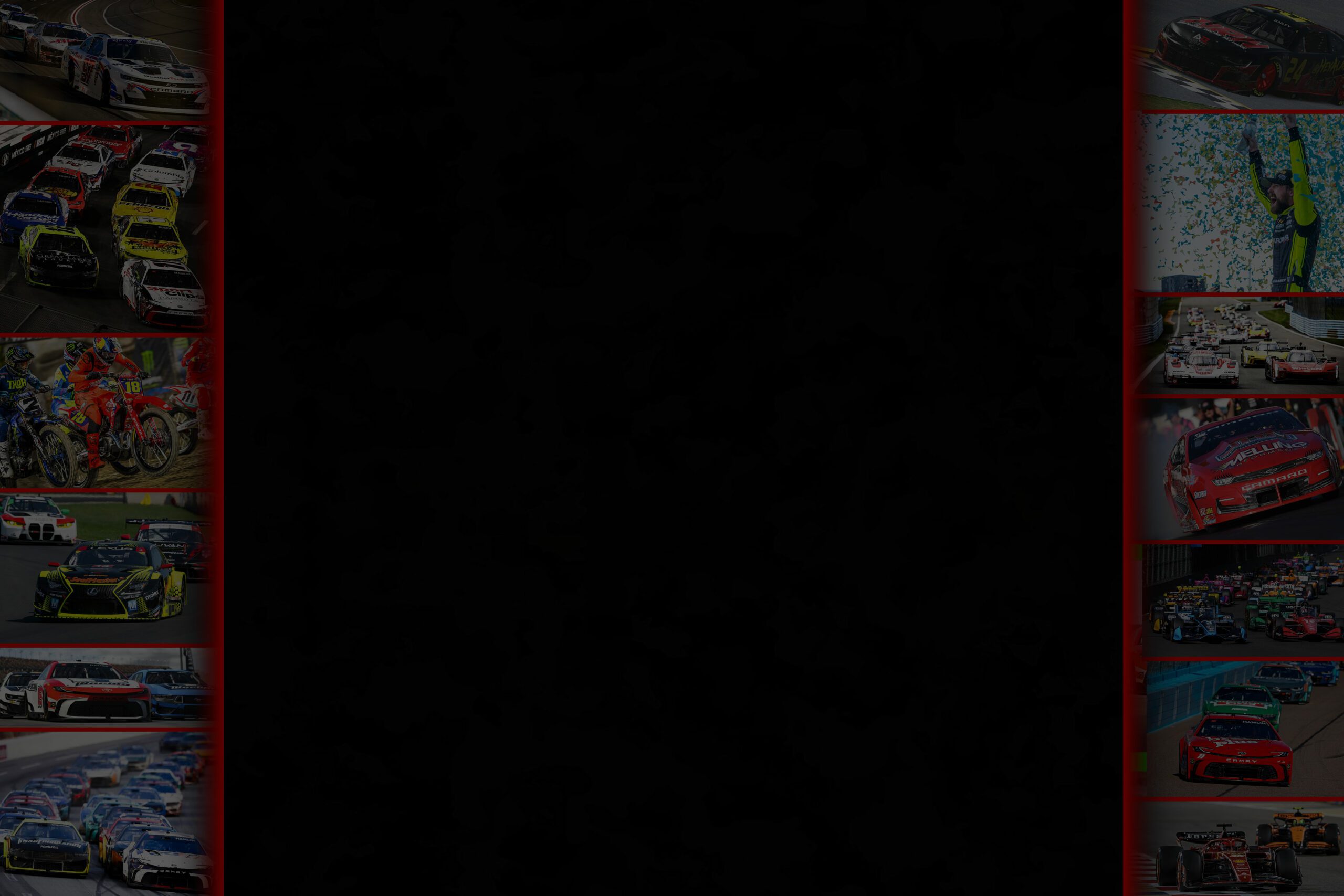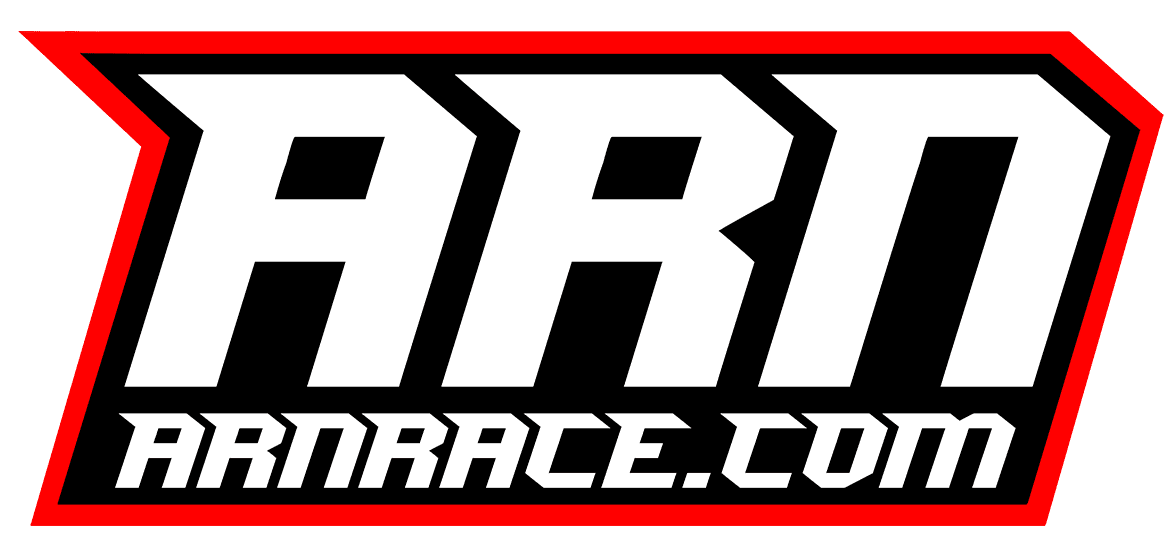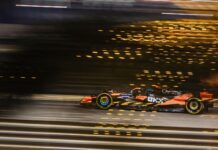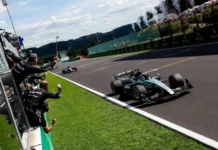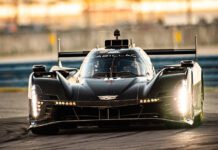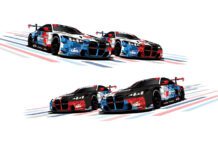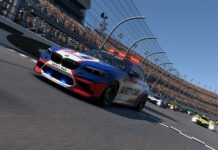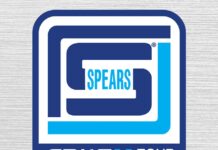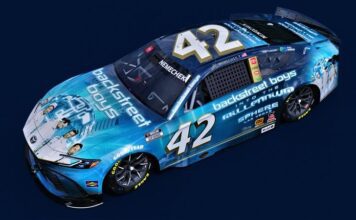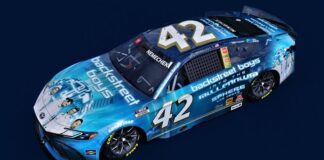INDYCAR director of engineering Jeff Horton tightens the safety harness and pats THOR’s helmet before giving the green light to proceed with the high-speed crash. The process is repeated again and again at the Center for Advanced Product Evaluation in Westfield, Ind.
THOR doesn’t respond audibly to the multiple high G forces hits, but he’s a wealth of information as Horton and CAPE technicians continue to seek ways of enhancing the protection of IZOD IndyCar Series and Firestone Indy Lights drivers through evaluation.
 THOR (Test Device for Human Occupant Restraint) has been a part of INDYCAR’s safety program since 2005. It is able to replicate human body movements and can record more than 130 items of data in a single crash test through sensors and accelerometers located on five body parts.
THOR (Test Device for Human Occupant Restraint) has been a part of INDYCAR’s safety program since 2005. It is able to replicate human body movements and can record more than 130 items of data in a single crash test through sensors and accelerometers located on five body parts.
On this particular day, Horton and company are validating the upgrade of energy-absorbing Expanded Polypropylene (EPP) foam panels built into the cockpit of the Dallara chassis that is entering its second season of action over Expanded Polystyrene (EPS).
A 3-inch-thick EPP panel was placed behind the seat, while a 1.2-inch-thick panel is under the seat. One-inch-thick panels are on either side of the arms, and those are complemented by Zylon panels built into the tub. It all works in conjunction with the helmet, floating headrest and frontal head restraint system.
No concussions or serious injuries were recorded during 41 racing incidents recorded in the 2012 IZOD IndyCar Series season.
“A lot of that speaks to what has been done in the car,” Horton said. “Underneath the driver, beside the driver and in back of the driver are panels that have more EPP foam than the 2011 car before they even pour their custom seat. The foam allows the driver to decelerate at a slow rate and prevent injuries.
“The headrest with the sliding rear panel worked nicely in the old car and carried over to the new car. What we’ve done to improve the headrest in the new car is to use EPP foam on the sides as well, which is more consistent density-wise and doesn’t break down, like the Expanded Polystyrene foam that was used in the past. We can tell the headrest is working well by comparing the Gs from ear accelerometers to the car Gs, both are recorded simultaneously by the accident data recorder.”
On the sled testing docket are frontal and sideways impacts.
“There are different things to try on the forward part of the seating area to see if any of those make a difference to protect the driver (in a frontal impact),” Horton said, “and then turn our attention to sideways impacts to get a baseline of how THOR reacts.” (IndyCar)
